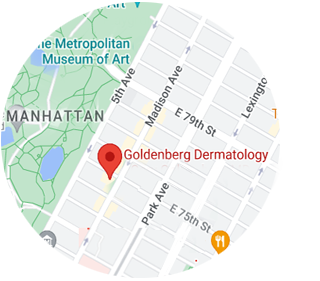Here is how can you recognize a melanoma skin cancer
The ABCDEs for melanoma are as follows:
A = asymmetry. The spot is not equal on either side of a dividing line. However, a normal mole can be asymmetrical, especially if it’s large.
B = border. The border is jagged or erratic. Again, a normal mole can have this feature.
C = color. A normal mole can be any shade of brown, even black, and may even appear purple or blue due to minute vascularity underneath.
D = diameter. A normal mole can be larger than a pencil eraser, and a melanoma that arises in the absence of a pre-existing mole has to start out somewhere: a tiny pinpoint.
E = evolving. This is the key. Has that black mole always been black? Has that “funny” mole always been asymmetrical or had ragged edges? Has that spot on your back always been the diameter of a dime?












Leave a Reply
Want to join the discussion?Feel free to contribute!